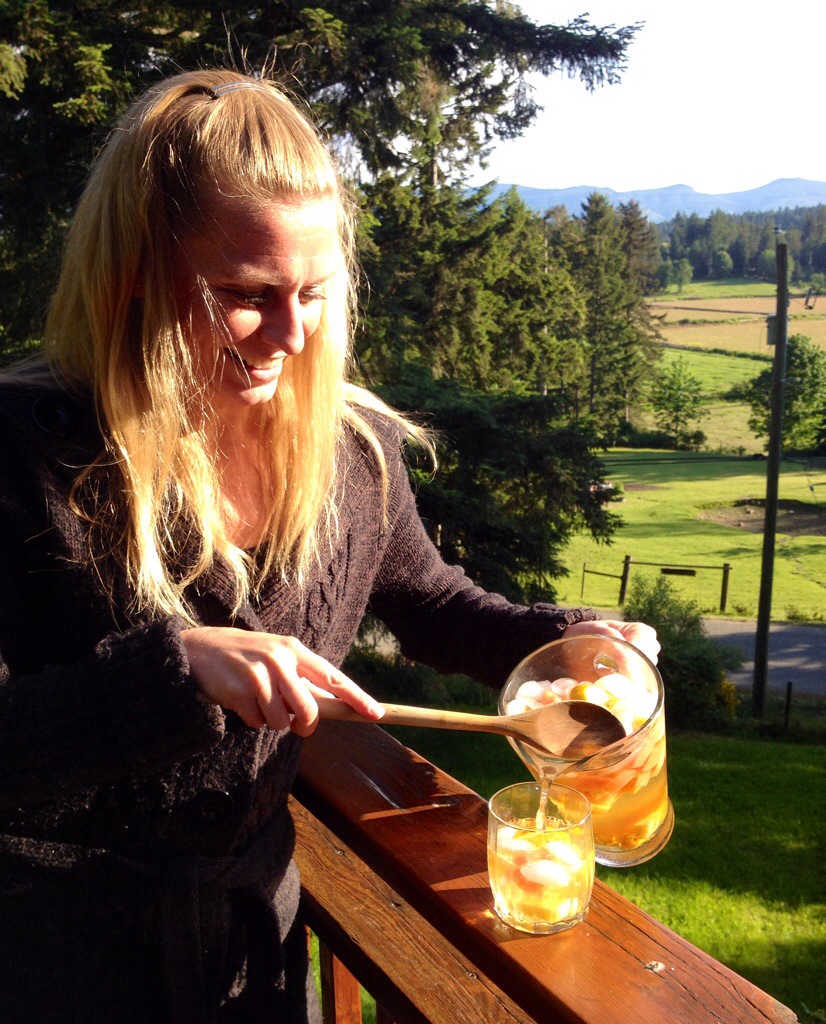I like to be organized when I travel to ensure I have a stress-free experience. Thankfully, there are some great travel apps for iPhone to help with this from planning a trip, to being on the ground at the destination, to connectivity with friends and family back home.
So without further ado, here are my 10 Must-Have Travel Apps for iPhone:
 SkyScanner – SkyScanner aggregates fares from airlines and the big travel sites to find you the best deal. For the budget traveler, there’s also an option to pin your search to your start screen and keep an eye on price fluctuations.
SkyScanner – SkyScanner aggregates fares from airlines and the big travel sites to find you the best deal. For the budget traveler, there’s also an option to pin your search to your start screen and keep an eye on price fluctuations.- XE Currency – Use this free app for all your currency exchange needs while you’re on the road. XE Currency allows you to track multiple currencies at once and uses live currency rates so it’s always accurate.
- Dropbox – I use Dropbox to save all my flight, hotel and insurance information as well as any other travel related documents that I may need to access while on the road. I find this much more convenient and secure than carrying all that paper around with me. I also have my iPhone set up to back up my photos to Dropbox as soon as I connect to wi-fi. This allows for easy organizing, filtering and sharing photos from my laptop later.
- Google Maps – This is one of the most used apps on my iPhone both at home and when I travel to know where I am and where I’m going. If I know I won’t have wi-fi or mobile reception where I’m going, I simply take a screen shot of the map before I head out, just in case.
- Trip Advisor – Use Trip Advisor to check out brutally honest reviews from real people for accommodations, restaurants, activities and attractions. I’ve found this to be extremely useful in finding places that suit my wants and needs, and for avoiding places that are less than adequate. I also leave my own reviews on TripAdvisor from time to time, view my profile here.
A secondary Trip Advisor app is the Offline City Guide, which pairs suggestions for where to visit, shop, and eat at your destination. Avoid the stress of finding a wi-fi connection by downloading offline maps for your destination. - Google Translate – This app was my saviour when traveling in Russia where I didn’t speak the language, nor could I read the alphabet. Simply type in what you want to say and the app will translate it to your language of choice both in text and sound through your iPhone’s speaker.
- Kindle – Don’t weigh down your luggage with books! Download your reading list for Kindle and read them on the iPhone or iPad.
- YouTube Capture – If you like instant upload gratification, use the YouTube Capture to get your travel videos uploaded to YouTube right away. You can record your video directly through the app, or upload videos from your library, edit, add music, a title and video description and then hit upload. Quick and easy! –> Subscribe to my YouTube channel!
- Instagram – If you’re like me, you take a ton of photos when you travel. Use Instagram to share your favourite photos with family, friends and followers. Customize your images using custom filter effects to create beautiful shareable photos. Instagram allows you to share your photos publicly, privately or send your pics directly to a specific user. –> Follow me on Instagram!
- WhatsApp Messenger – This cross-platform messaging app allows you to send messages, photos and video to your friends and family across the globe using wi-fi or your phones data package without any additional international texting charges.
What are some of your favourite travel apps? Please share below.
[Tweet “Simplify your travels with these 10 Must-Have Travel Apps For iPhone – #TravelTips #Apps”]
 Shutter Priority [S] – Mastering this setting will allow you to control motion blur of your subjects. Try experimenting on a moving subject (I learned by sitting on the side of a busy street and shooting cars), shoot a few shots at 1/1000 sec to freeze your subject, and then try again at a much slower shutter speed like 1/15 sec to create some blur. Mastering this setting will open the door to creativity in your photography.
Shutter Priority [S] – Mastering this setting will allow you to control motion blur of your subjects. Try experimenting on a moving subject (I learned by sitting on the side of a busy street and shooting cars), shoot a few shots at 1/1000 sec to freeze your subject, and then try again at a much slower shutter speed like 1/15 sec to create some blur. Mastering this setting will open the door to creativity in your photography.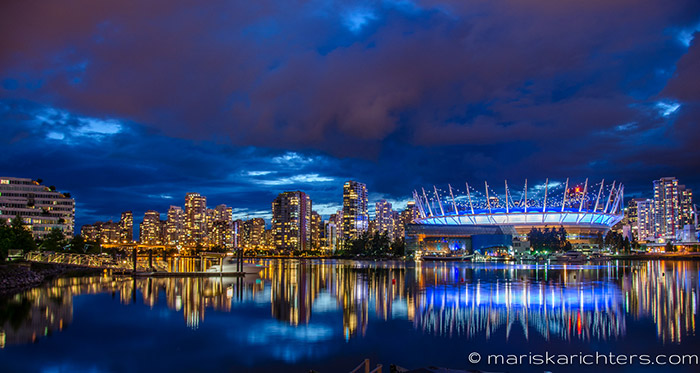






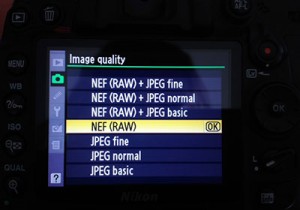 Set your file format – You should be shooting RAW files for the highest quality images with the most versatility for editing. Raw files can take longer to write to your memory cards, however, so if you are time bound, set it to high quality JPG mode.
Set your file format – You should be shooting RAW files for the highest quality images with the most versatility for editing. Raw files can take longer to write to your memory cards, however, so if you are time bound, set it to high quality JPG mode.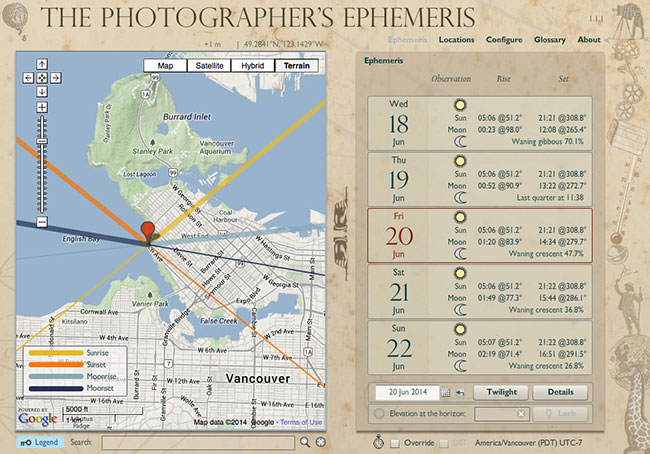
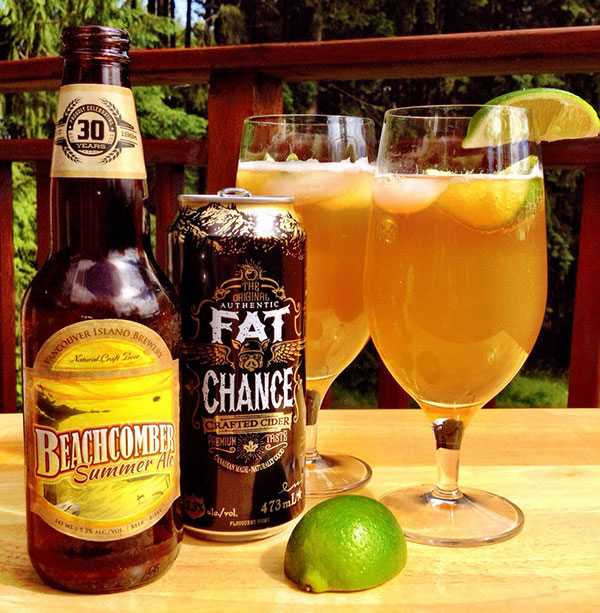
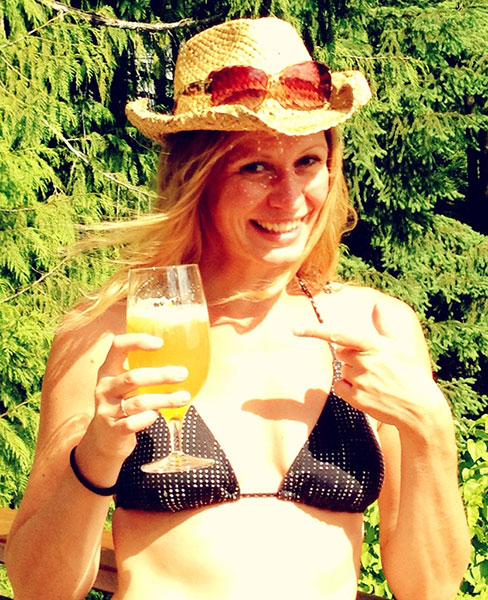
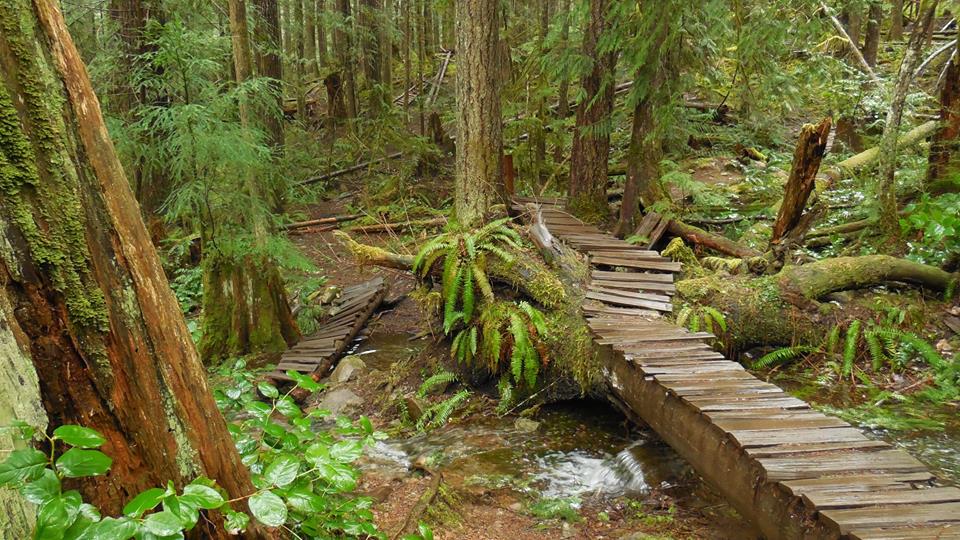

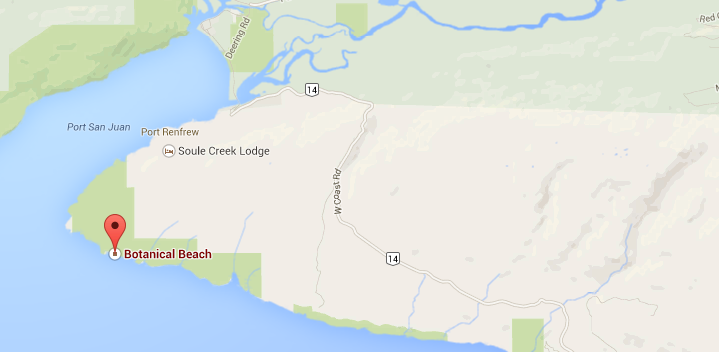
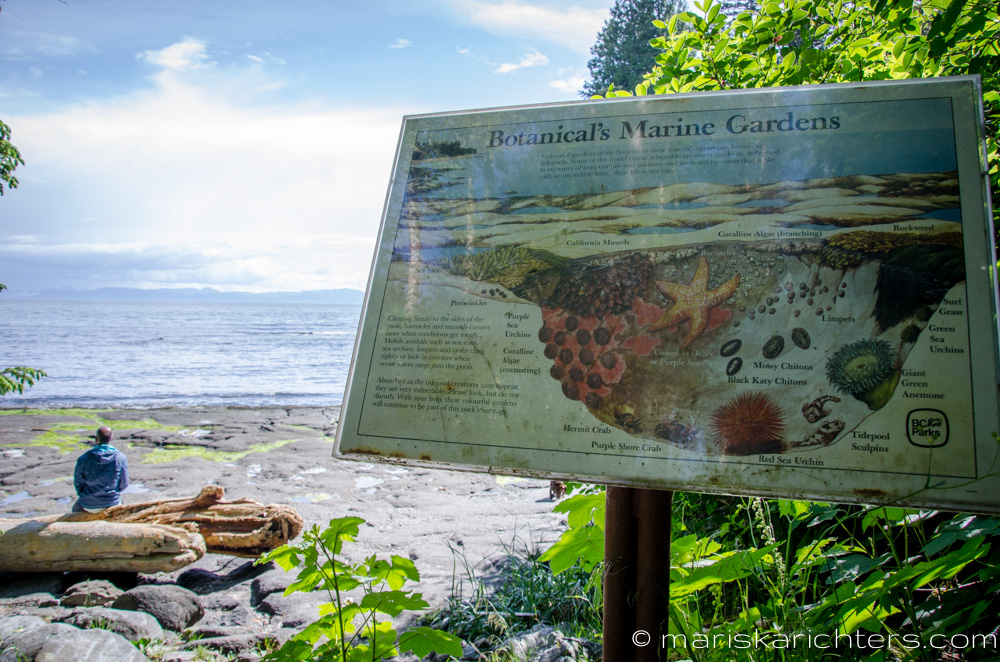
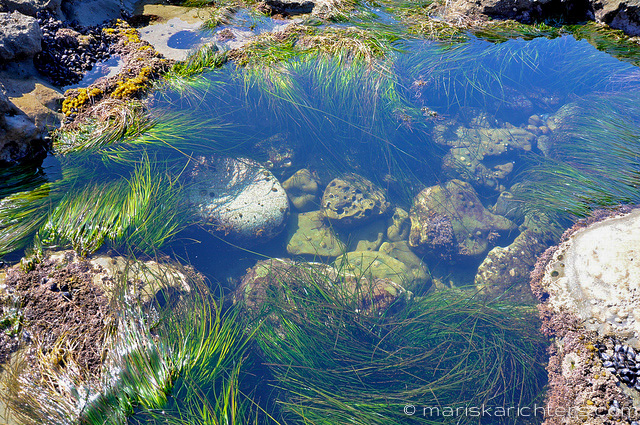
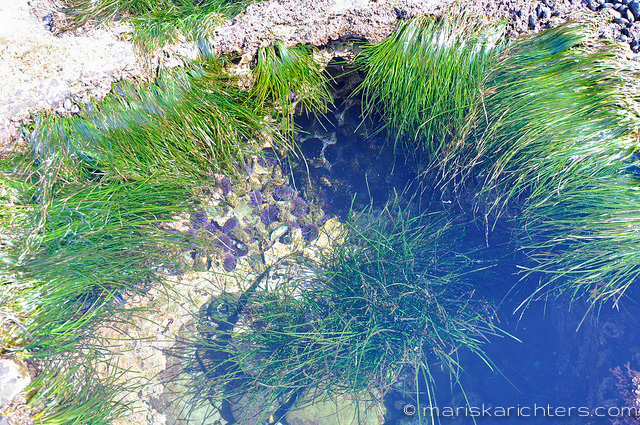
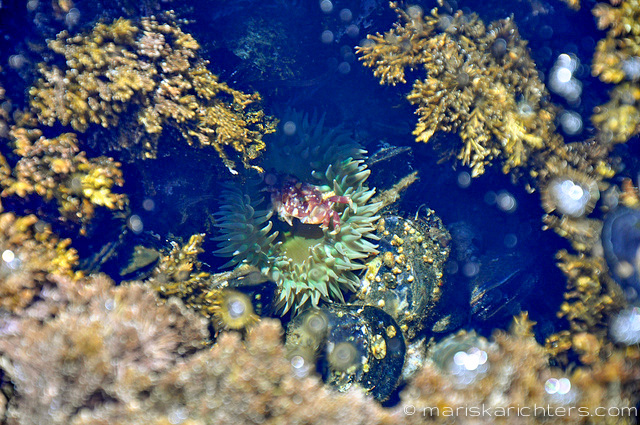
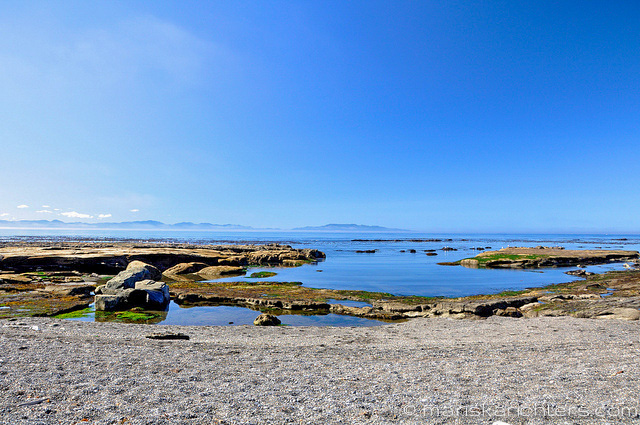
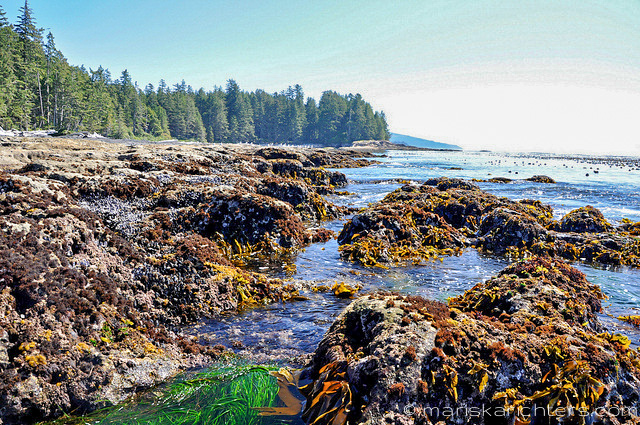

 Tropical White Sangria Ingredients:
Tropical White Sangria Ingredients: